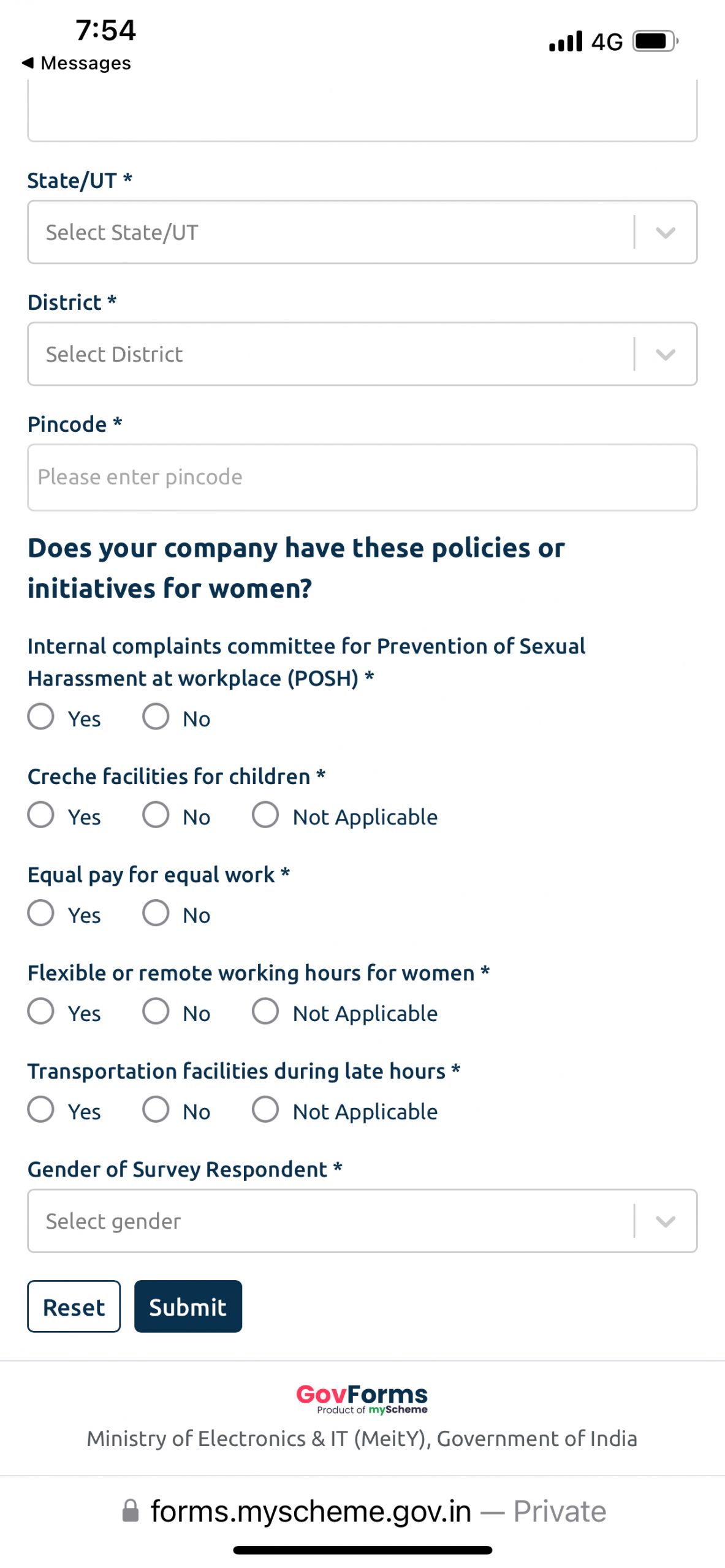Are Women Paid At Par With Men for the Same Job? Centre Begins Survey to 'End Disparity' | Exclusive

views
An SMS recently popped up on the phones of many which asked for a survey form to be filled up. The message, sent on behalf of the Employees’ Provident Fund Organisation (EPFO) to every person with access to provident fund, was aimed especially at women who were asked to fill up details of their work conditions. The primary focus was on the pay structure, with the form asking if women were paid the same as men for the same job.
There is a reason and plan behind this innocent-looking survey. The Union government has prepared a checklist of companies to find out whether women employees are paid at par with men for the same job being done.
According to the International Labour Organization report, 2022, men earned 82 per cent of labour incomes in India, while women earned a mere 18 per cent.
The government, under its Viksit Bharat programme, wants to change this disparity by strictly implementing the Equal Remuneration Act of 1976, which envisaged parity in pay. As per the Act, “no employer shall pay to any worker, employed by him in an establishment of employment, remuneration, whether payable in cash or in kind, at rates less favourable than those at which it is paid to workers of opposite sex”.

Under the Viksit Bharat scheme, the government has laid stress on the need for better work opportunities, including facilities, infrastructure and better pay, for women. This is part of the ‘Saksham Nari, Sashakt Bharat’ scheme, which, as per Prime Minister Narendra Modi, is possible only when women are empowered and treated equally at the workplace.
Just a year ago, for example, BCCI had announced pay parity for women and men cricketers. It was seen as a giant leap forward and the acknowledgement of the fact that not just in sports but in several sectors like cinema, corporate spaces and manual labour, women earn far lesser than men even if they show the same talent and capability.
Women and Child Development minister Smriti Irani and Labour minister Bhupender Yadav have stressed on the fact that this disparity needs to end and the government has begun work on the mission. Advisories have been issued to workplaces and will be stepped up in the days to come with a clear message — Zero tolerance for discrimination in pay.
But this is not all. As women are being encouraged to step up and out, the government wants to ensure that workplaces help women continue working even after childbirth as well as in tough conditions.
For instance, the survey also asks whether workplaces have crèches, pick and drop provided in late hours, and provision of work from home. However, in the past, Irani has not been in favour of menstrual leave as she believes it would “lead to more discrimination at work and in employment”.
As the government pitches for more women at work and reaches out to organisations like FICCI, the message is clear — More women need to be seen and at work.
















Comments
0 comment